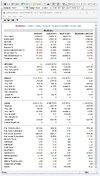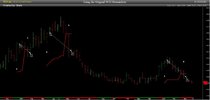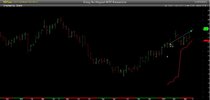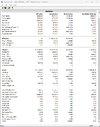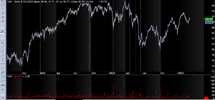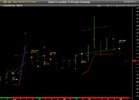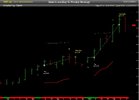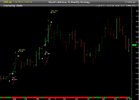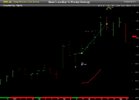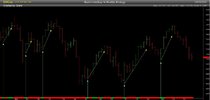- Joined
- 28 December 2013
- Posts
- 6,392
- Reactions
- 24,319
Wow...straight back in with the boot ehh...
...someone needs to get on with their own life
@Nick Radge you are wrong, I'm not putting the boot in whilst you are down but rather highlighting information that I wish you to comment on. My first post was in response to your Twitter Request, with information that helps me in my trading.
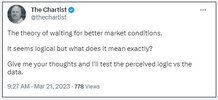
My series of posts today
My posts display my results & I'm merely bringing to your attention information about your posts that I find hard to correlate or even make sense of. This is not "Radge Bashing" but constructive critique about what you post & your trading results. If you only traded what you post on Twitter I'm sure you wouldn't be underwater as the information & results are impressive.
Skate.

